Capturing Change
Photographers document the transformation of a Staten Island landfill into parkland. A long term collaboration with NYC Parks and the Freshkills Park Development Team.
We are celebrating 15 years — and counting — of stories that are deeply researched and deeply felt, that build a historical record of what the city has been.
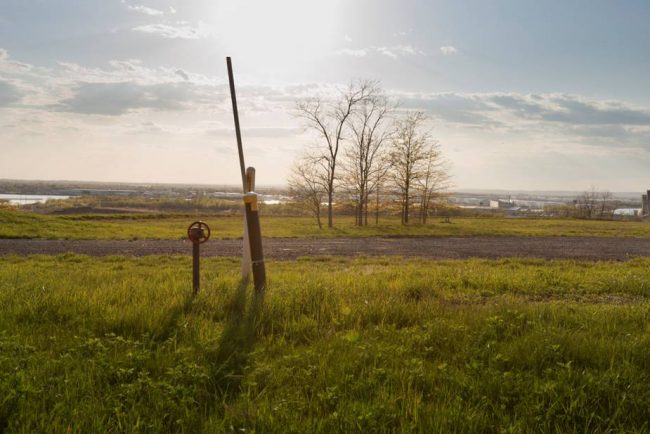
Landfill gas collection infrastructure visible on the mounds | Photo by Stephen Mallon, courtesy of the City of New York: NYC Parks, Freshkills Park, and the Department of Sanitation
On March 22, 2001, one final barge of garbage traversed the Hudson River for the western shore of Staten Island to unload at Fresh Kills Landfill. As New York City’s sole operating landfill for the ten years preceding, Fresh Kills received all household waste generated within the five boroughs. At the peak of its operation in 1987 and ’88, 28,000 tons of garbage arrived by barge and truck each day. This image of the active landfill, with mechanized compacters and swarms of seagulls overhead, is still ingrained in public memory, but over the ensuing years the site has transformed. Since the capping and closure of Fresh Kills’ five mounds, this 2,200-acre expanse of wetlands, marshlands, dry lowlands, forests, and grasslands has evolved into an unusual combination of natural and engineered beauty.
As the name of the landfill recalls — the Dutch word kille translates as “riverbed” or “channel” — the area was once composed of such creeks and marshland. But in the 1940s, “master builder” Robert Moses brokered a deal with Staten Island Borough President Joseph Palma to build the island’s West Shore Expressway. Staten Island got the highway; and in 1948, Moses got the “nuisance” marshland to fill with waste over the next three years, resulting in solid ground on which he could build a profitable housing development. Those three years unraveled into 53. Public outcry and political alignment in 1996 prompted a City decision to close the landfill by December 2001 and turn the land into a public amenity. Fresh Kills closed six months early, ultimately containing a total of 150 million tons of residential trash.
Since, the land has been perched between landfill and public park. The Department of Sanitation is responsible for post-closure care and still maintains the infrastructure that contains and manages by-products from the decomposing residential waste. Meanwhile, the Parks Department is bringing to life James Corner Field Operations’ master plan for Freshkills Park (selected in a two-stage, international design competition in 2001). As the largest park developed in New York City in over 100 years, this project requires a long-term vision. Over the next 25 years, Parks will refine the design, taking lessons from habitat evolution, guided by a phased approach that recalls the site’s history, and informed by community meetings.
NYC Parks has begun construction with incremental projects from the site’s exterior edges inward, building amenities for those neighborhoods that endured an active landfill in their backyards for a half century. Schmul Playground in Travis and Owl Hollow Soccer Fields in Arden Heights opened in 2012, the Owl Hollow Park House is in procurement, and the 3.2-mile New Springville Greenway along Richmond Avenue is set for completion later this summer. Within the next few years, the 21-acre North Park Phase 1 will open. This parcel — the first inside the former landfill boundary to be completed — will connect Schmul Playground to waterfront views and the North Park wetland restoration pilot project. Additionally, NYC Parks is pursuing an early access plan for the 482-acre East Park section, which is open to the public for discrete events and programs for the first time this summer.
The Freshkills Park Alliance, the non-profit partner of NYC Parks in the development of the park, works to bring researchers and the public to the site to better understand and support this remarkable transformation. Capturing Change is one means of doing so. By inviting small groups of photographers to document the engineered landscape’s evolution — from landfill to park and across all the seasons in between — the series serves to generate a community- and artist-driven archive of our shared landscape and the restoration of natural systems in an ever shifting urban context. Here, we present the first in a series of photo essays showcasing the work of these photographers and glimpses of a landscape in flux.
Stephen Mallon
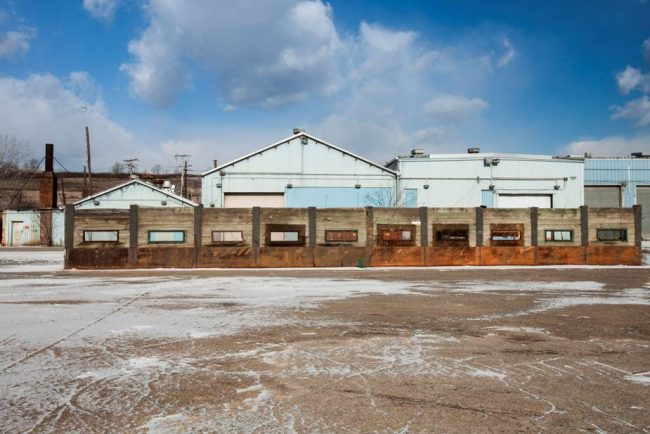
Salt lot | Photo by Stephen Mallon, courtesy of the City of New York: NYC Parks, Freshkills Park, and the Department of Sanitation
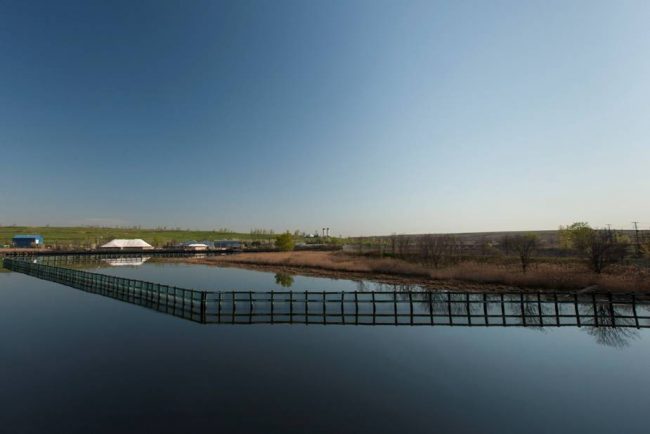
Photo by Stephen Mallon, courtesy of the City of New York: NYC Parks, Freshkills Park, and the Department of Sanitation
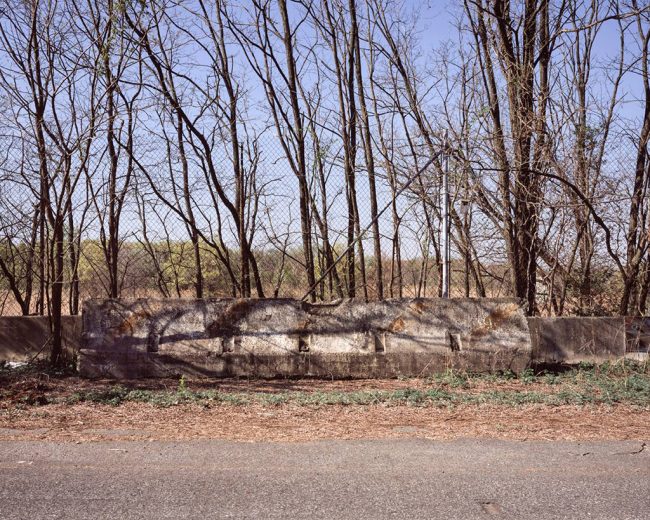
Barrier along the South Road | Photo by Stephen Mallon, courtesy of the City of New York: NYC Parks, Freshkills Park, and the Department of Sanitation
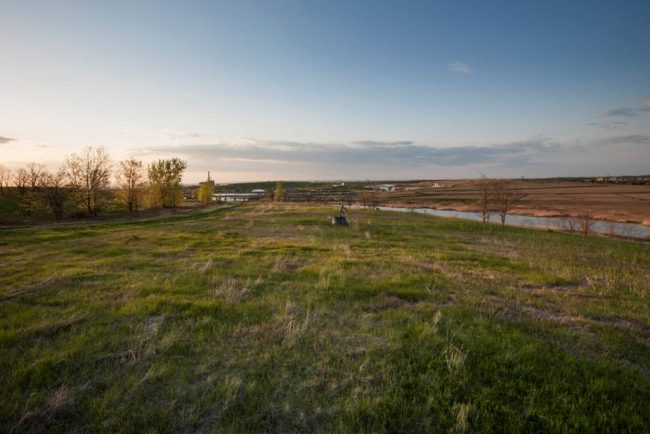
Photo by Stephen Mallon, courtesy of the City of New York: NYC Parks, Freshkills Park, and the Department of Sanitation
Kipp Wettstein
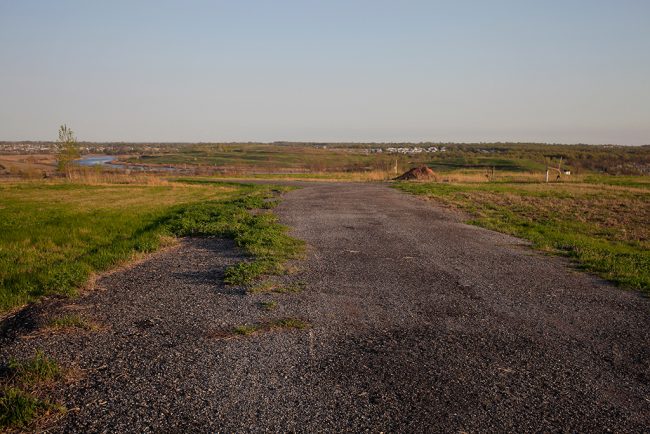
Roads lead to the top of each mound | Photo by Kipp Wettstein, courtesy of the City of New York: NYC Parks, Freshkills Park, and the Department of Sanitation
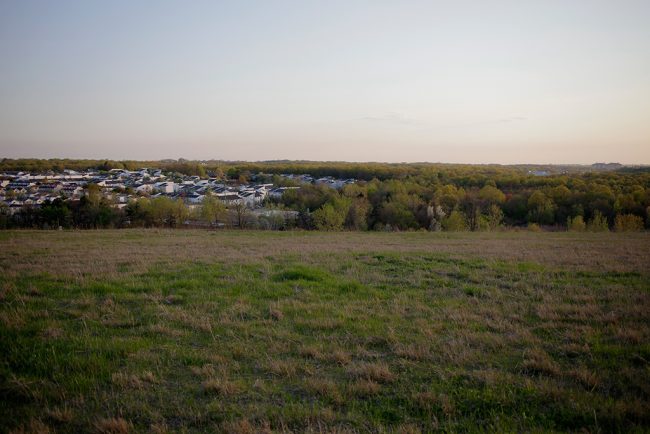
Photo by Kipp Wettstein, courtesy of the City of New York: NYC Parks, Freshkills Park, and the Department of Sanitation
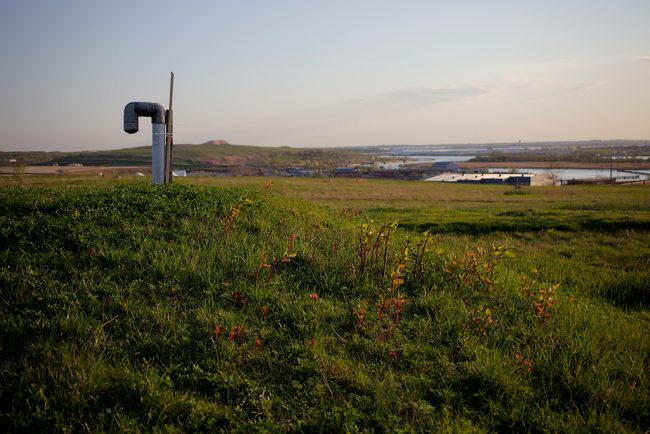
Photo by Kipp Wettstein, courtesy of the City of New York: NYC Parks, Freshkills Park, and the Department of Sanitation
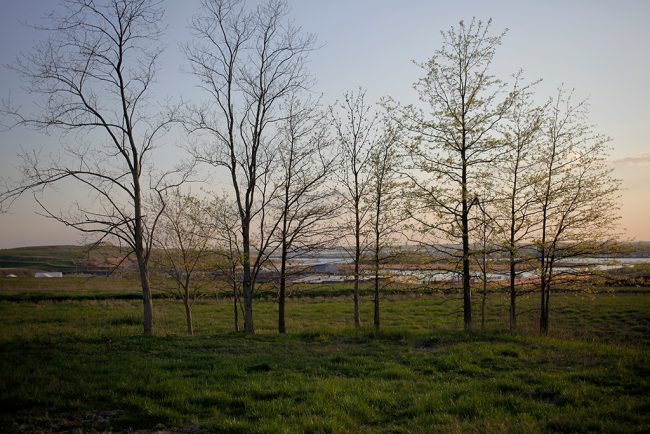
Photo by Kipp Wettstein, courtesy of the City of New York: NYC Parks, Freshkills Park, and the Department of Sanitation
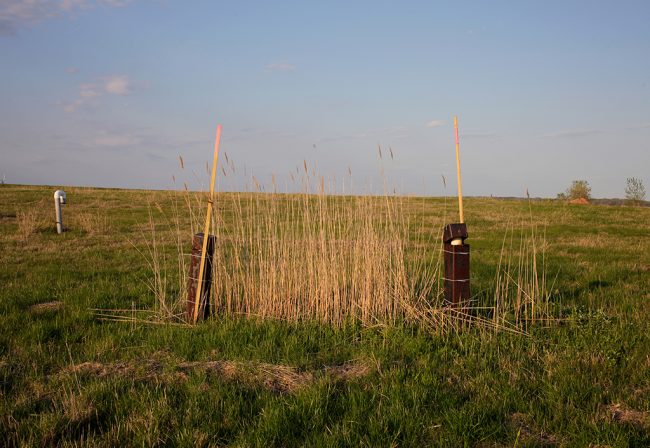
Photo by Kipp Wettstein, courtesy of the City of New York: NYC Parks, Freshkills Park, and the Department of Sanitation
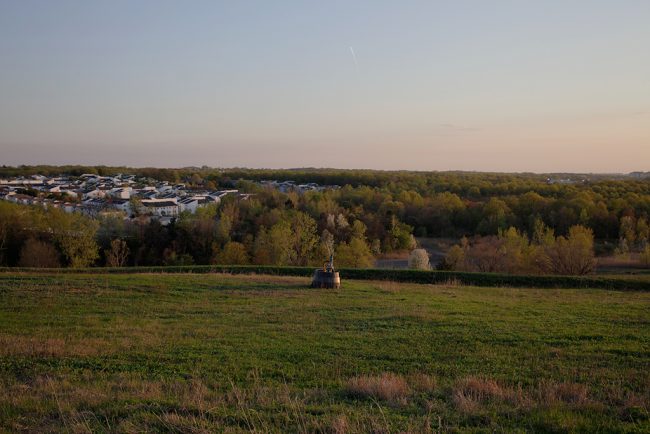
Photo by Kipp Wettstein, courtesy of the City of New York: NYC Parks, Freshkills Park, and the Department of Sanitation
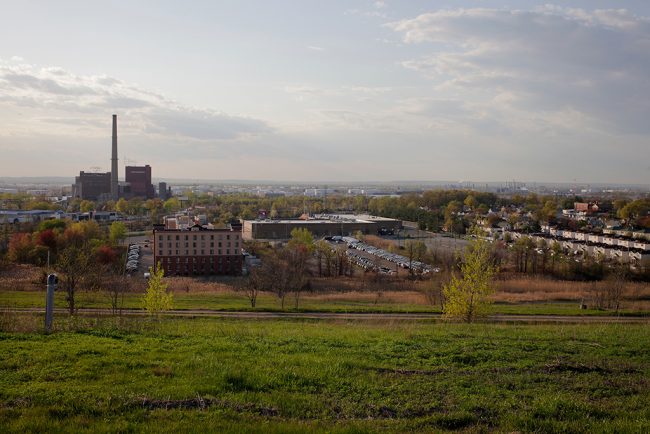
The neighborhood of Travis sits directly next to Freshkills. | Photo by Kipp Wettstein, courtesy of the City of New York: NYC Parks, Freshkills Park, and the Department of Sanitation
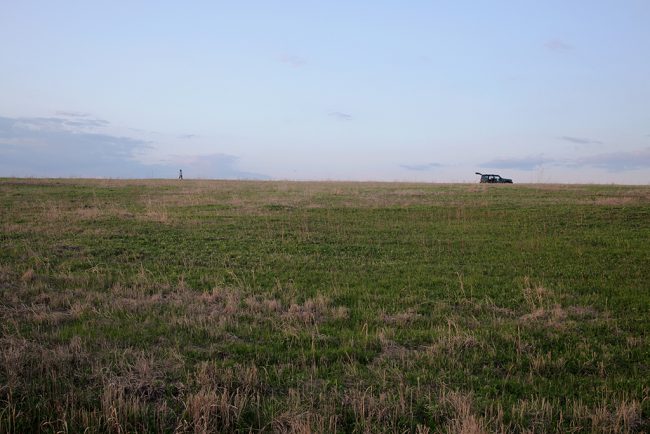
Photo by Kipp Wettstein, courtesy of the City of New York: NYC Parks, Freshkills Park, and the Department of Sanitation
Imara Moore
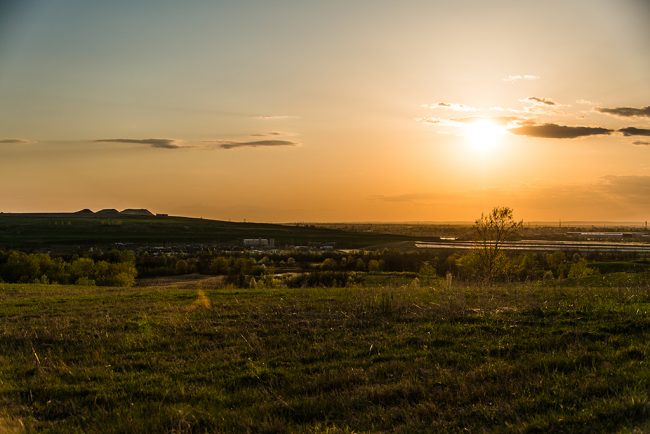
Sunset over the West Mound | Photo by Imara Moore, courtesy of the City of New York: NYC Parks, Freshkills Park, and the Department of Sanitation
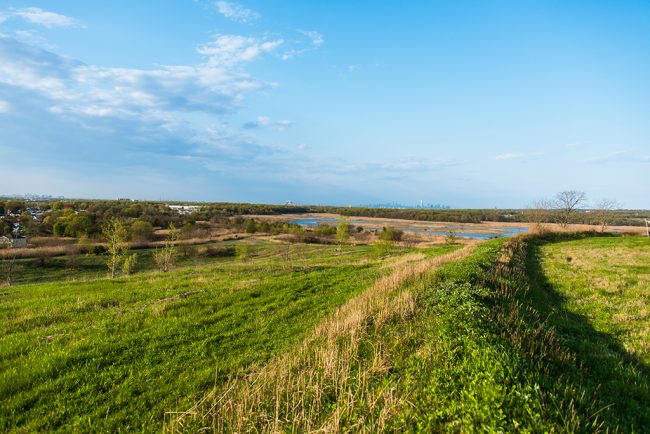
Looking toward Manhattan | Photo by Imara Moore, courtesy of the City of New York: NYC Parks, Freshkills Park, and the Department of Sanitation
Michael Anton
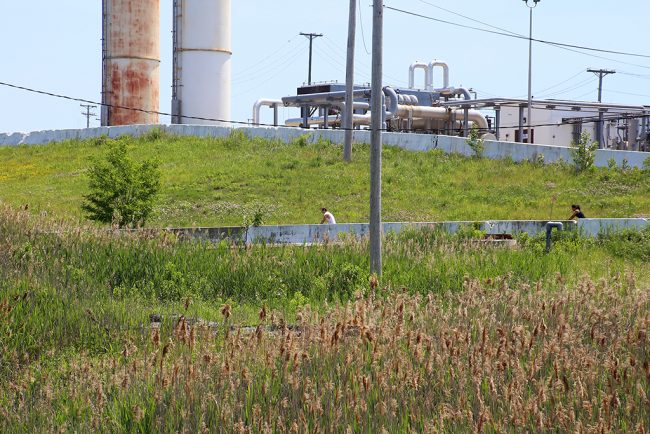
Bikers pass a flare station, part of the landfill gas collection system. | Photo by Michael Anton, courtesy of the City of New York: NYC Parks, Freshkills Park, and the Department of Sanitation
Mariel Villeré is Manager of Programs, Arts and Grants at Freshkills Park.
The views expressed here are those of the author only and do not reflect the position of Urban Omnibus editorial staff or The Architectural League of New York.
The views expressed here are those of the authors only and do not reflect the position of The Architectural League of New York.
Photographers document the transformation of a Staten Island landfill into parkland. A long term collaboration with NYC Parks and the Freshkills Park Development Team.

Comments